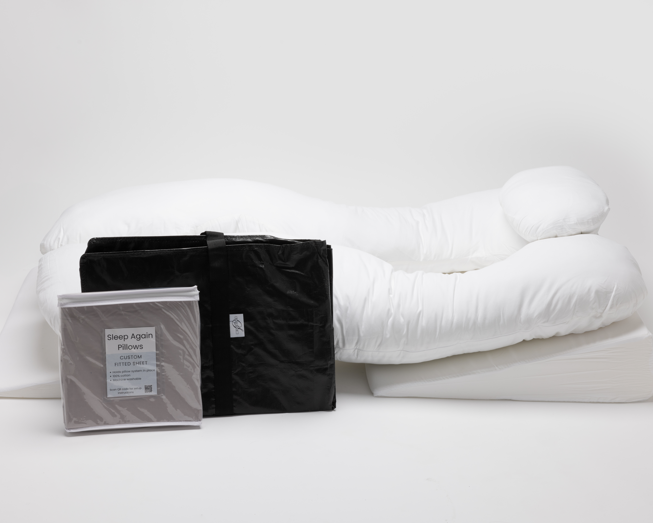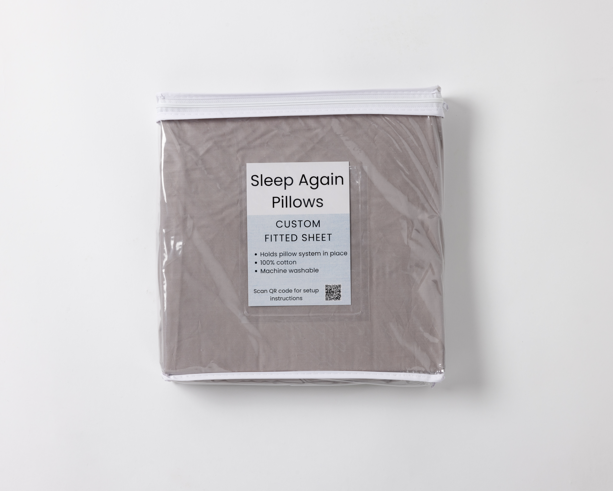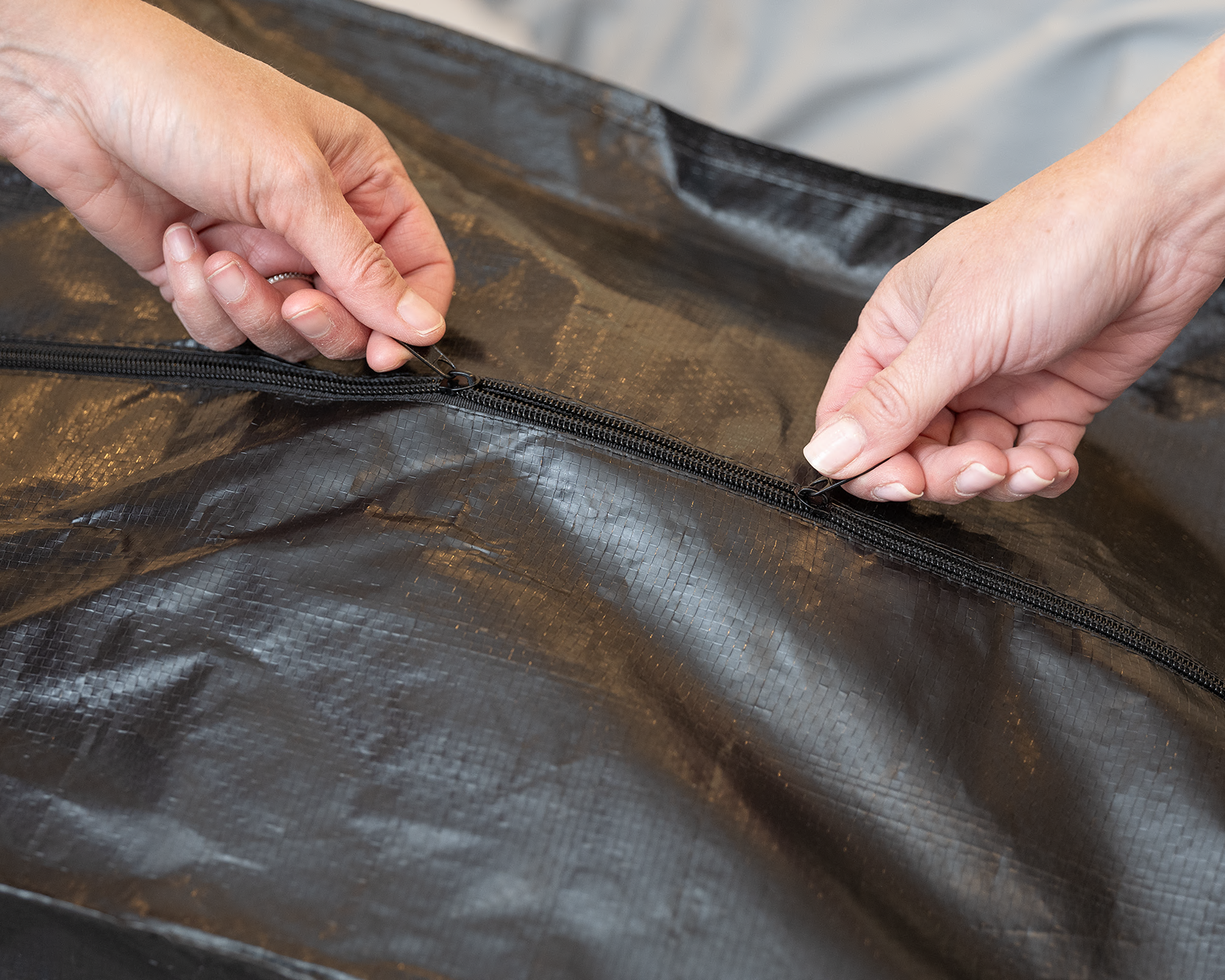After any surgery, proper rest and recovery are essential for healing. However, some surgeries are known for being particularly painful during the recovery period. Let’s talk about some of the most challenging operations.
What Makes Some Surgeries More Painful Than Others?
People experience pain differently, so not every surgery will have the same results for everyone. However, some surgeries do tend to be particularly painful. Several factors contribute to making certain surgeries more painful during recovery:
-
Location of the incision: Areas with thin skin and many nerve endings generally hurt more.
-
Amount of tissue damage: More extensive surgeries typically cause more pain.
-
Type of procedure: Open surgeries leave more lasting effects than minimally invasive approaches.
-
Post-surgical positioning requirements: Some recoveries require specific sleeping positions that can be uncomfortable.
The most challenging aspect of recovery often involves managing pain while attempting to rest, as discomfort can make proper sleep nearly impossible. This creates a difficult situation where you need rest the most but may struggle to get comfortable enough to sleep.
The Most Painful Surgeries to Recover From
Based on patient experiences and medical research, here are some of the surgeries with the most challenging recoveries.

1. Spinal Fusion and Complex Spinal Reconstruction
Spinal fusion surgery is inherently delicate due to the spine's complex structure and proximity to vital nerves. Recovery can be more painful than other orthopedic surgeries because of the high number of nerves in the spine and the significant soft tissue trauma that causes considerable discomfort.

2. Total Joint Replacements (Knee and Hip)
Total knee replacement surgery involves removing damaged knee joint surfaces and replacing them with artificial implants. Recovery can be painful due to the complexity of the joint and surrounding muscle tissues.
Hip replacement surgery is similarly challenging. Recovery from total joint replacement is difficult due to the extensive nature of the procedure and the time required for the body to adjust to the new joint. Full recovery and restoration of function can take several months.

3. Heel Surgery
Heel surgery can be very painful because the skin around the heel is thin, without much soft tissue to cushion it. This makes it easy to damage the nerves around the heel bone during surgery, and along with the attachment of screws to the bone, this can make the operation and recovery especially painful.

4. Abdominal Surgeries
Open cholecystectomy (gallbladder removal) can be painful both immediately following surgery and throughout the recovery period, with discomfort potentially lasting 4 to 6 weeks. Other challenging abdominal surgeries include:
-
Myomectomy (fibroid removal)
-
Proctocolectomy (removal of colon, rectum, and anal canal)
-
Tummy tuck (abdominoplasty)

5. Shoulder Surgery
Shoulder replacement, or shoulder arthroplasty, involves replacing damaged parts of the shoulder with artificial components. Patients may experience significant pain when the joint's cartilage wears away due to conditions like osteoarthritis or rheumatoid arthritis, resulting in pain and limited mobility.

6. ACL Reconstruction
ACL (anterior cruciate ligament) surgery is a common orthopedic procedure that, while minimally invasive, presents significant recovery challenges. The success of ACL surgery and recovery depends heavily on the patient's commitment to rehabilitation protocols and necessary lifestyle adjustments to avoid re-injury.

7. Mastectomy and Breast Reconstruction
As our founder experienced firsthand, breast cancer surgeries like mastectomy and reconstruction present unique recovery challenges. Doctors recommend sleeping on your back post-mastectomy to manage surgical drains and dressings, and to protect incisions from excess pressure. However, this can be particularly difficult for natural side sleepers.

8. Thoracic Surgery (Chest)
Surgeries involving the chest cavity, such as lung resection or open heart surgery, are among the most painful due to the involvement of the ribcage. Recovery can take up to six weeks and may be life-saving but extremely difficult. Breathing, coughing, and even minor movements can cause significant pain during recovery.

9. Bone Fracture Repairs
Surgeries to repair complex fractures, particularly those requiring plates, screws, or rods, can be extremely painful during recovery. Surgeries involving the bones tend to cause more pain than other types of operations. The combination of bone pain, soft tissue damage, and limited mobility creates significant recovery challenges.
Recovery Tips for Painful Surgeries
While pain is largely inevitable after a difficult surgery, there are steps you can take to minimize the pain.
-
Doctor's orders: Always follow your doctor's instructions for recovery. This may involve resting for a short time after surgery, making temporary lifestyle changes such as not lifting heavy items or eating soft foods, and taking prescribed medication as directed.
-
Gentle movement: While your physical activity may be restricted, studies have shown that some exercise (as approved by your doctor) can reduce postoperative pain.
-
Pain medication: Take medications as prescribed and discuss any concerns about pain control with your healthcare provider.
-
Nutrition: Proper nutrition supports healing, so focus on healthy, nutrient-dense foods that won't put strain on your digestive system.
-
Hydration: Staying well-hydrated helps with healing and can reduce certain complications that are common after surgery.
-
Prioritize rest: Perhaps the most important key to surgery recovery is getting enough rest. Sleep will give your body the energy it needs to heal, making your recovery process as smooth and efficient as possible.
The Importance of Proper Positioning for Recovery
Doctors often recommend sleeping (and resting) in specific positions after surgery. For example, after most surgeries, doctors advise that you sleep on your back. Regardless of the surgery, having the right support and positions can help you:
-
Manage surgical drains and dressings
-
Protect incisions from excess pressure
-
Reduce swelling and bruising
-
Improve circulation
-
Ward off fluid buildup
-
Move around without straining yourself further

How Sleep Again Pillows Can Help
At Sleep Again Pillows, we understand the unique challenges faced by patients recovering from difficult surgeries. That’s why we designed our patented five-piece pillow system to make recovery more comfortable.
The Sleep Again Pillow System includes five separate components, including two extra-wide wedges, two full-body side pillows, and one neck pillow. This system is custom-made for maximum safety and comfort during recovery. Here’s how it works:
Proper Positioning
The two contoured side pillows in the Sleep Again Pillow System provide support on both sides of your body, keeping you snugly in place on your back while sleeping, which is essential for many surgical recoveries.
Customizable Elevation
Having two firm foam wedge pillows allows for many different comfort options. While one wedge supports the upper body, the second wedge supports the legs and reduces strain on the lower back and spine.
Improved Circulation
Proper positioning with our system helps improve blood flow, which is crucial for healing and can help reduce swelling in the surgical area.
Pain Reduction
By maintaining optimal position throughout the night, our system helps prevent unintentional movement that could cause pain or damage to healing tissues.
Better Sleep Quality
With the right pillow for surgery recovery, you can keep pressure off incisions and tender areas, make sure you're positioned properly to help prevent post-surgery complications, and enjoy better sleep.
Get the Rest You Need with Sleep Again Pillows
Recovering from major surgery is never easy, but having the right support tools can make all the difference. Whether you're preparing for an upcoming surgery or supporting a loved one through recovery, the Sleep Again Pillow System can help make the healing journey easier.

















